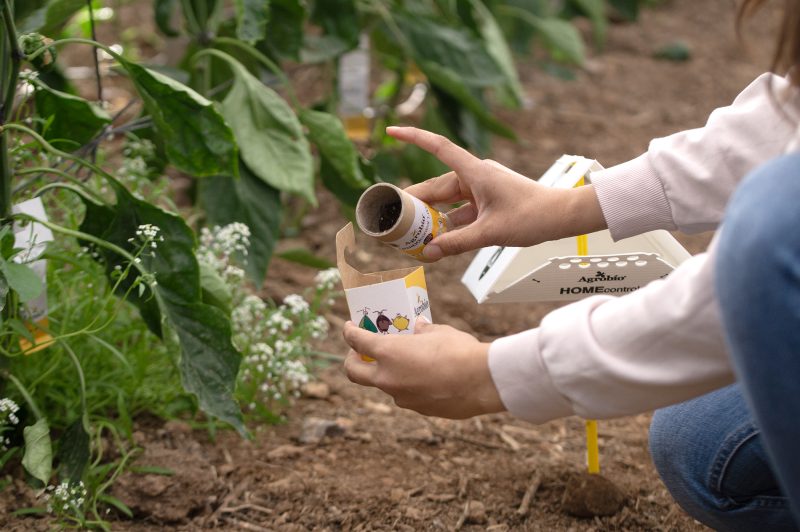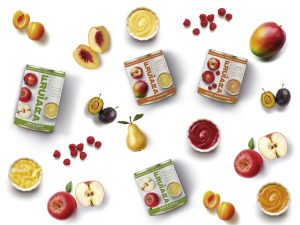Short-cycle crops in spring and summer, such as melon and watermelon, pose challenges for biological control. It is believed that natural enemies do not have enough time to establish and act. However, greenhouse conditions favor the rapid establishment of predatory mites like SWIRScontrol, which contribute to controlling pests such as whitefly, thrips, and red spider mites.
To optimize their early establishment, Agrobío has developed POWERMITE 3.0, a specific diet applied directly to plants, allowing mites such as A. swirskii and Orius to quickly settle, even in the absence of pollen, ensuring constant crop protection.
Importance of prevention
When hives are used for pollination in melon and watermelon crops, phytosanitary treatments are no longer a viable option to avoid harming pollinators. Additionally, once the crop closes, handling these products becomes complicated. For this reason, it is essential to introduce natural enemies preventively, with special attention to red spider mites and aphids.
Preventive aphid control in spring crops can be improved by using cereal as a refuge for specific aphids and releasing parasitoids and predators. This approach controls pest outbreaks more effectively than phytosanitary treatments. Among the most effective allies are Aphidoletes, syrphid flies, and lacewings, which, with HOMEcontrol by Agrobío, have a safe space to emerge and shield themselves from sunlight and treatments.
Breaking the pest cycle
The end of spring crops coincides with the start of pepper transplants, increasing pest pressure from Thrips parvispinus, which also affects cucurbit crops. This thrips takes refuge in greenhouses, meaning that when crops are uprooted, they disperse and impact summer transplants.
Therefore, it is crucial for the sector to work together to control this pest, implementing preventive biological control strategies. this will help reduce pest pressure and protect balance and biodiversity.

















